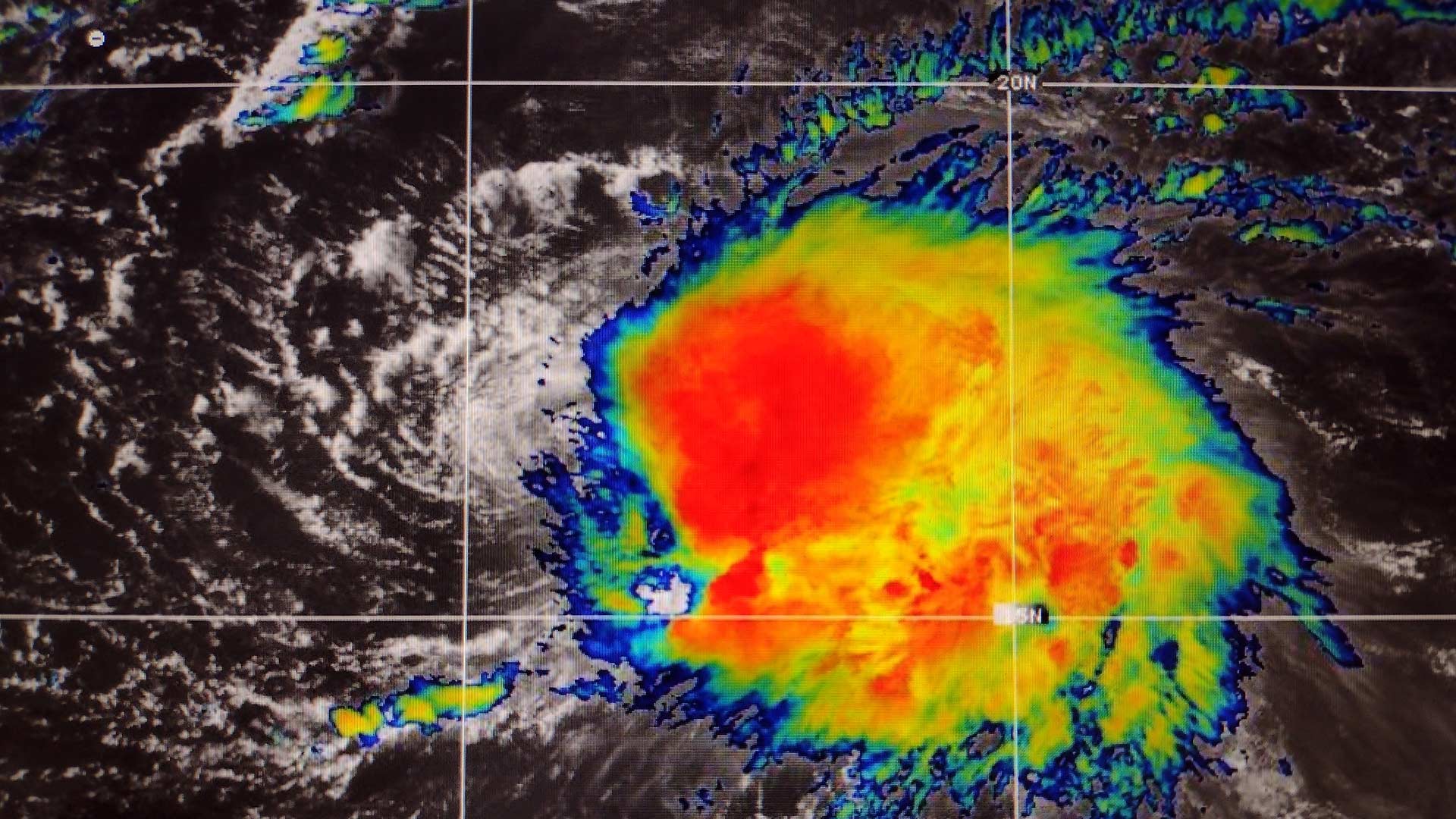Nearly two-thirds of Americans are concerned about severe weather events affecting their insurance coverage in the next 5 years, according to Insurity’s 2024 Severe Weather P&C Consumer Pulse Survey. With this concern, 52% of respondents said they were likely to buy a policy from an insurance provider that actively invests in new technology to improve the insurance claims process after severe weather events.
The increasing frequency and severity of extreme weather events pose significant challenges for the P&C insurance industry. Hurricanes, floods, tornadoes, and other natural disasters have become more intense, leading to substantial financial losses and operational disruptions. Insurers face unprecedented challenges in predicting, assessing, and mitigating risks associated with these events as traditional methods of risk assessment and catastrophe modeling are no longer sufficient to cope with the dynamic and non-linear nature of evolving threats.
However, the advent of artificial intelligence (AI) and advanced data analytics is transforming catastrophe modeling, offering P&C insurers a powerful tool to enhance risk management and improve resilience.
The Role of AI in Catastrophe Modeling
AI-powered catastrophe modeling leverages machine learning algorithms, neural networks, and big data analytics to provide more accurate and dynamic risk assessments. This ability to integrate and analyze diverse datasets allows AI models to identify patterns, correlations, and anomalies that may not be apparent through conventional methods.
1. Enhancing Predictive Accuracy
One of the key advantages of AI-powered catastrophe modeling is its ability to enhance predictive accuracy. Machine learning algorithms can continuously learn and adapt from new data, improving their predictive capabilities over time. For instance, AI models can analyze historical hurricane paths, wind speeds, and pressure patterns to forecast the trajectory and intensity of upcoming storms with higher precision. This improved accuracy enables insurers to better anticipate potential losses and allocate resources more effectively.
2. Real-Time Risk Assessment
In the age of extreme weather, timely and accurate risk assessment is crucial. AI-powered models can process real-time data from multiple sources to provide up-to-the-minute risk assessments. For example, during a hurricane, AI can analyze live weather data, track the storm’s movement, and predict its impact on specific regions. This real-time assessment allows insurers to issue timely warnings, advise policyholders on necessary precautions, and mobilize response teams to mitigate damages.
3. Dynamic Scenario Analysis
AI-powered catastrophe models excel in dynamic scenario analysis, which is essential for understanding the potential impacts of various extreme weather scenarios. Insurers can use AI to simulate different climate conditions, storm intensities, and geographic locations to evaluate the potential losses under each scenario. This capability helps insurers develop robust risk management strategies, optimize their portfolios, and set appropriate premiums based on a comprehensive understanding of potential risks.
4. Improving Claims Management
Efficient claims management is vital in the aftermath of extreme weather events. AI-powered catastrophe models can streamline the claims process by automating damage assessment, fraud detection, and resource allocation. For instance, AI algorithms can analyze post-disaster imagery to assess property damage and estimate repair costs. This automation reduces the time and effort required for manual inspections, allowing insurers to process claims faster and provide policyholders with timely settlements.
5. Enhancing Underwriting Practices
AI-powered catastrophe modeling also has a significant impact on underwriting practices. Insurers can leverage AI to assess the risk profiles of individual properties more accurately. By analyzing factors such as building materials, location, historical claims data, and exposure to extreme weather events, AI models can provide underwriters with detailed risk assessments. This granularity enables insurers to offer more tailored policies and pricing, ensuring that premiums accurately reflect the level of risk.
6. Building Resilience and Mitigating Losses
Beyond risk assessment and claims management, AI-powered catastrophe modeling plays a crucial role in building resilience and mitigating losses. Insurers can use AI to identify vulnerabilities in infrastructure, supply chains, and critical assets. By understanding these vulnerabilities, insurers can advise policyholders on proactive measures to strengthen their properties and reduce potential damages. Additionally, AI models can help insurers optimize their reinsurance strategies, ensuring adequate coverage for catastrophic events.
Will Your Org Bet on the Future of AI-Powered Catastrophe Modeling?
As the insurance industry continues to adapt to the challenges posed by severe weather, AI-powered catastrophe modeling will play an increasingly vital role. The ability to process real-time data, enhance predictive accuracy, and perform dynamic scenario analysis will empower insurers to make more informed decisions and better protect their policyholders. Moreover, ongoing advancements in AI and machine learning will further refine catastrophe models, enabling insurers to stay ahead of emerging risks.
Embracing these technologies is essential for insurers to navigate the evolving landscape of climate change and ensure long-term sustainability. By doing so, insurers can not only meet the rising expectations of their policyholders but also safeguard their own future in an increasingly unpredictable world.
